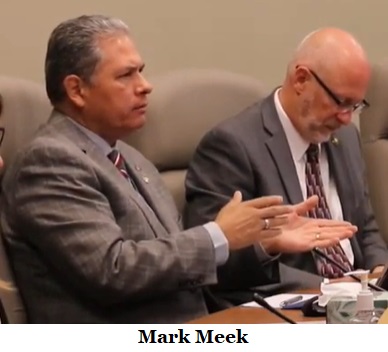Government policy has to get away from segregating neighborhoods
The term "ghetto" originated from the name of the Jewish quarter in Venice, Italy. Venetian authorities compelled the city's Jews to live in the quarter, which was established in 1516. The African-American ghetto is a creation of the twentieth century. Fifty years after the repeal of Jim Crow, many African-Americans still live in segregated ghettos in the country's metropolitan areas.
Richard Rothstein, a research associate at the Economic Policy Institute, has spent years studying the history of residential segregation in America. His assertion is that the government created the modern ghetto. “A ghetto is, as I define it, a neighborhood which is homogeneous and from which there are serious barriers to exit. That’s the technical definition of a ghetto.†He goes on to say that government policy has taken integrated neighborhoods and made them segregated.
Where public housing or subsidized housing is meant to provide affordable housing to a diversified class of citizens, it runs the risk of creating segregated communities that overflows into more segregated schools, higher unemployment, higher use of public health care, and more transportation needs. Under FDR the left started taking integrated neighborhoods and converting them into segregated neighborhoods under federal government policies of the New Deal. Are they again using diversity and equity to segregate for the purpose of providing benefits or is it for control?
Representative Mark Meek (D-Clackamas) wants $1 million to expand the accessory dwelling unit community pilot program for low-income rental homes.
HB 3335 allocates funds to the Hacienda Community Development Corporation to assess suitable property for siting and construction of an Accessory Dwelling Unit in an area outside of Portland. For a homeowner to be eligible for an ADU construction, their income must be at or below the area median income. If a nonprofit organization owns a home, it must be rented to a household with an income at or below the area median income.
HB 3335 requires the Hacienda Community Development Corporation provide professional property management services for the eligible homeowners receiving grants. If a homeowner submits to the project, they are micromanaged for upkeep and compliance for 10 years, or under penalty to repay grant monies.
A D V E R T I S E M E N T

A D V E R T I S E M E N T
HB 3335 passed out of the Full Ways and Means Committee headed to the House floor for a vote. Two other bills that have made it through the process:
- SB8 Requires local governments to allow development of certain affordable housing on lands not zoned for residential uses. (Passed awaiting Governor’s signature)
- HB 2160 adds Pendleton to the Land Conservation and Development Commission pilot program to develop sites for affordable housing in urban growth boundary expansion areas.
HB 2708 allows the Department of Land Conservation and Development to approve local governments' plans for urban growth boundary expansion areas if 30 percent is used for affordable housing for no less than 50 years. It died in committee.
How does a state provide affordable housing without creating class-based or segregated communities that turn into ghettos? Some bills
offer grants to organizations providing assistance to find housing, including low-income, mentally disabled, and minorities. And, many bills that allowed tax credits for construction of affordable housing that would have integrated them throughout the community were turned down.
In order to get away from segregation, government policy has to get away from taking integrated neighborhoods and segregating them through policy.
--Donna Bleiler| Post Date: 2021-06-21 08:36:37 | Last Update: 2021-06-21 15:37:51 |







